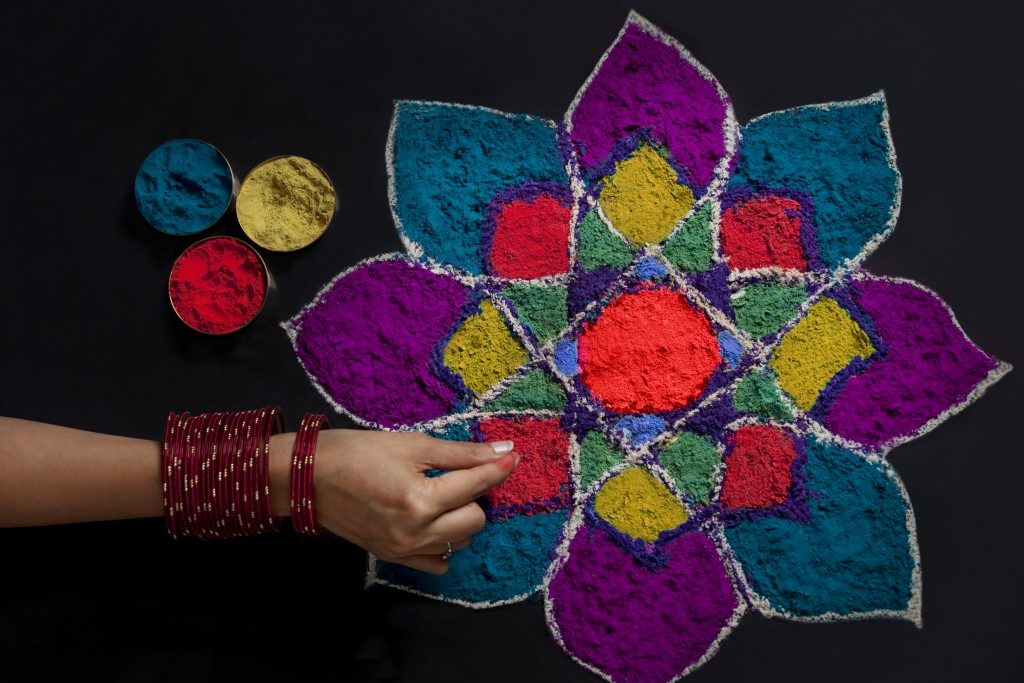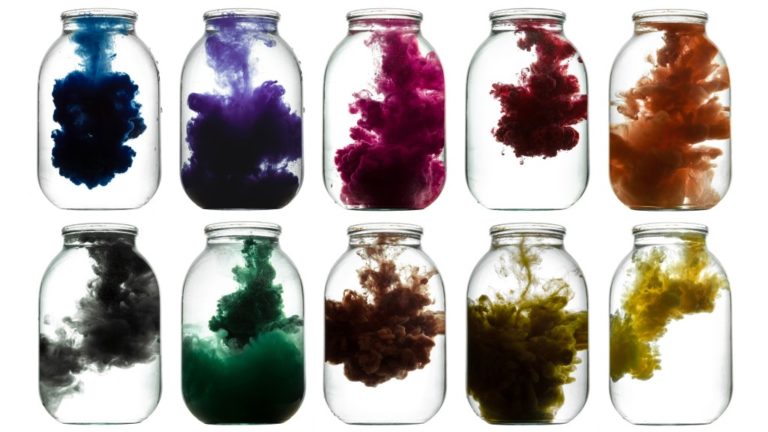It’s a rule of thumb in decorating small rooms never to use dark colors. Otherwise, you make the space a lot tinier than it is. The clichéd advice is to use lighter hues. For example, use white to make the room more airy and open. But this is one of those decorating rules that are meant to be broken. Dark colors can still work in small spaces.
A Different Effect
The reason white is ideal in small areas is that it reflects light. By reflecting more light, the entire thing brightens and gives the illusion of a larger room. In the case of using dark colors, the illusion is achieved as well — but in a different way. Instead of bouncing back light, it reflects less of it, absorbs it, and makes for great depth, tricking the eye that there’s more to the space. Moreover, the fact that there are corners that aren’t clearly defined by the light means that the edges of the room get blurry. You don’t readily see where white walls end.
Another thing that makes dark hues work for small spaces is their dramatic characteristic. When you see a room that has bold colors, you tend to get drawn to it. You’re captivated by the rich, deep tones. You don’t notice right away the smallness of the room, but the elegance of it. By the time that you take notice, you already have appreciated its aesthetic appeal. Moreover, as the natural light changes throughout the day, the dark hues change as well. They can have warm or cool undertones, which add visual interest to the room.
The Right Use

Just because dark works in small spaces doesn’t mean that you should paint everything black in your living room. There’s a smart way of using dark tones. The first step is to find the right surface. If you plan to paint an entire wall black, use one adjacent to the window. As mentioned, you want to play with natural light in dark rooms to give off different undertones throughout the day. The next thing you want to do is to achieve contrast. Keep the walls that hold the window in neutral tones. This will add more depth to the design and make the space look larger than it is. Pay attention to the finish of the black paint you’ll use. Matte is the best choice since it does a good job at disguising edges and boundaries.
Finally, make sure that the big elements in the room blend in with the dark tones. For example, in the living room, consider the bookcases, the cabinets, and the gas fireplace. Interior designers in Salt Lake City explain that when these things have the same hues and not stick out visually, they will further define the black wall and give the illusion of a larger room.
“Never use dark colors in small areas.” Again, this is a rule worth breaking. Try it yourself. Give your room a nice, bold flavor in your next decorating project.




